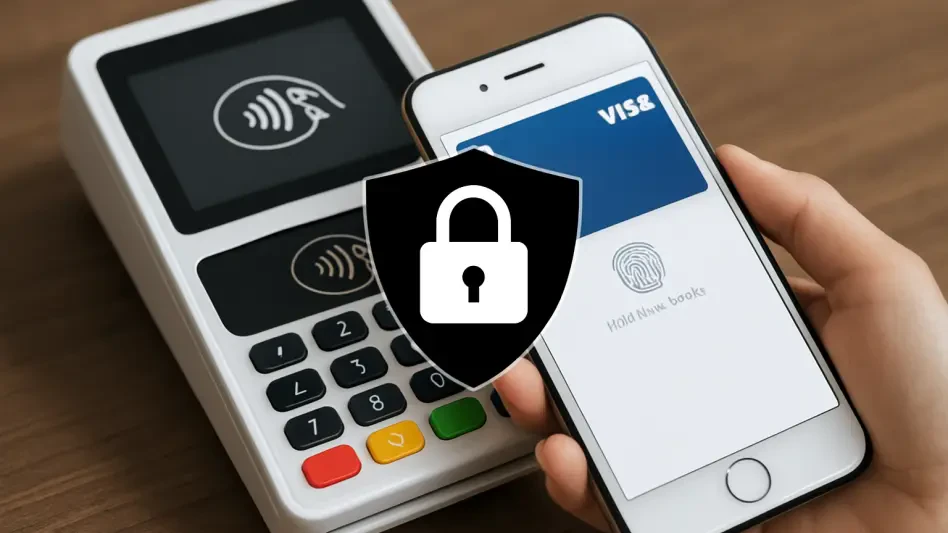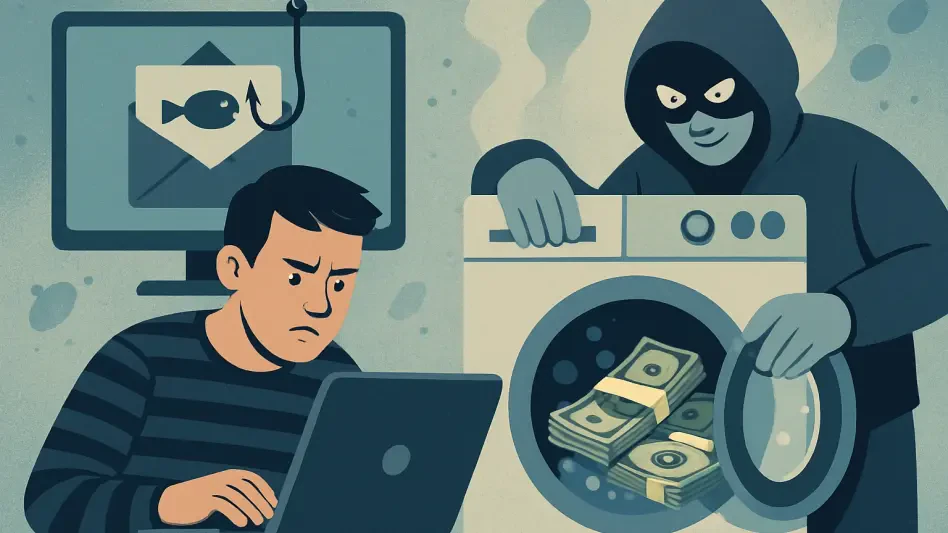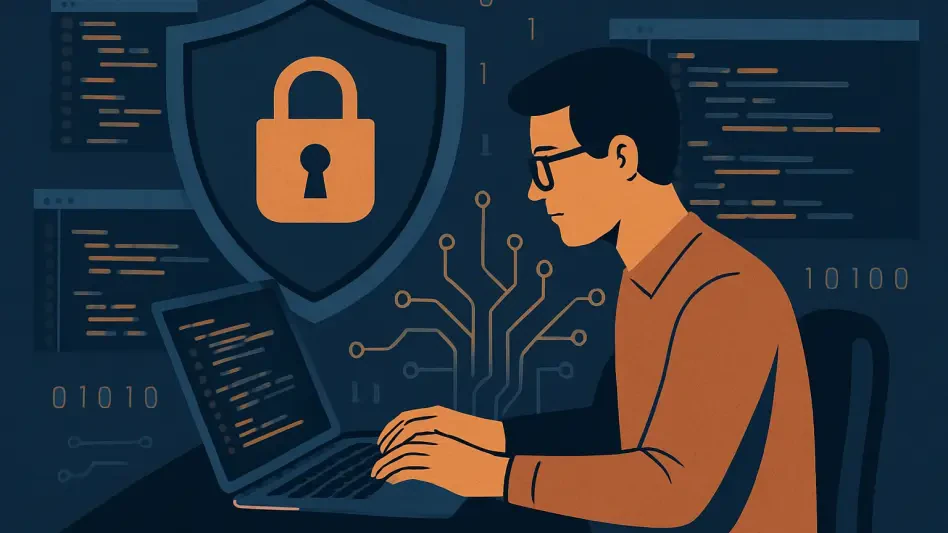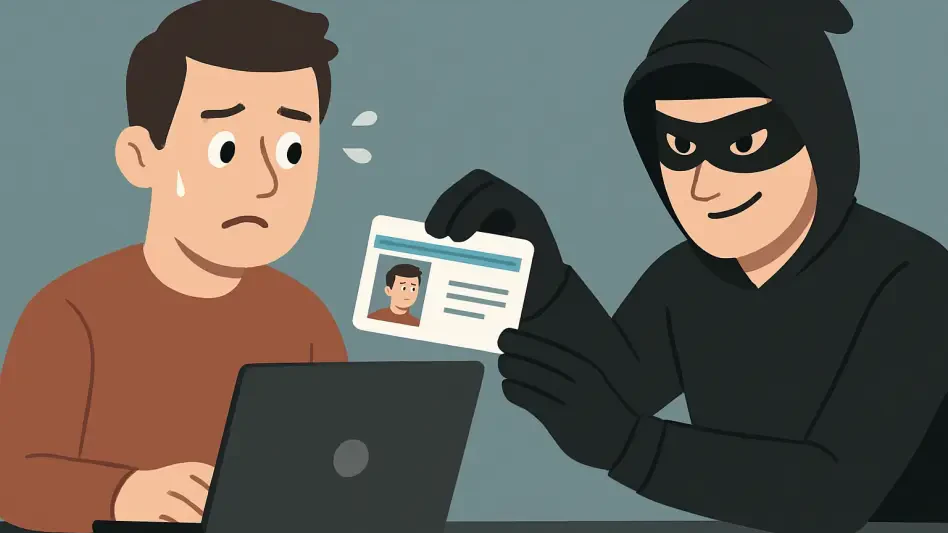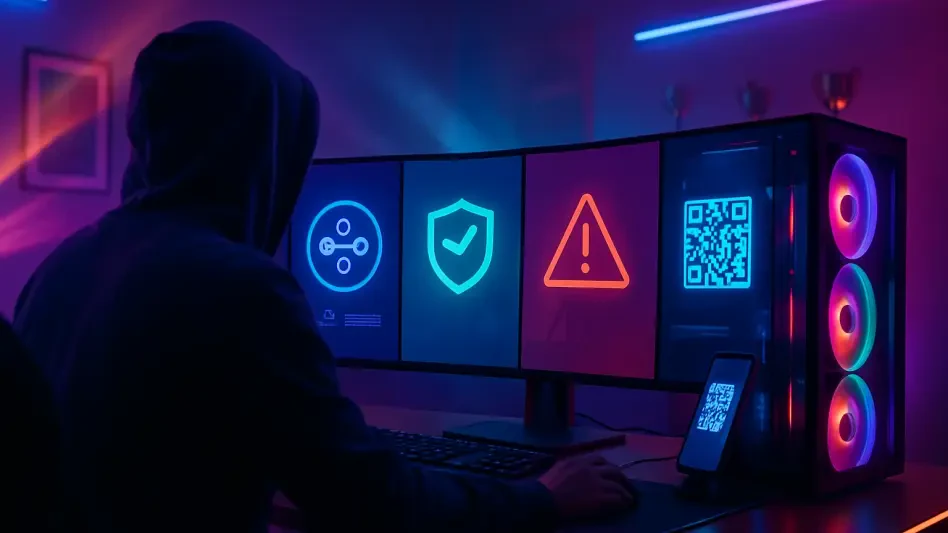In an era where digital payments dominate everyday transactions, the security of mobile payment systems like Apple Pay has become a pressing concern for many users who rely on their iPhones, Apple Watches, and other devices for quick and convenient transactions. With millions depending on these platforms, questions about the safety of storing sensitive card information inevitably arise, prompting discussions on security protocols. Recently, a Barclays customer raised a significant concern after adding their bank card to Apple Wallet without being prompted for additional verification, sparking a broader conversation about the safeguards in place. This incident has highlighted the need for clarity on how banks and tech companies ensure user safety in an increasingly cashless society. Barclays, one of the prominent financial institutions supporting Apple Pay, has stepped forward to address these worries, providing detailed explanations about the security measures and processes involved. This article delves into the specifics of their response and explores the broader implications for digital payment users.
1. Customer Concerns Over Verification Gaps
A Barclays customer recently expressed unease after registering their bank card to Apple Wallet without encountering any verification step, such as a text message or phone call. This absence of an additional security check, which the customer expected based on previous experiences with other services, led to a direct inquiry to the bank about the safety of the process. The individual voiced a critical concern: if someone else gained access to their card details, could they also add it to a device without any form of authentication? This scenario raises valid questions about potential vulnerabilities in digital wallet setups. Many users assume that stringent checks are standard across all platforms, and the lack of such measures can erode trust in mobile payment systems. The customer’s persistence in seeking answers underscores a growing demand for transparency from financial institutions regarding how they safeguard personal information in partnerships with tech giants like Apple.
The response from Barclays aimed to alleviate these fears by asserting that adding a card to Apple Wallet is indeed secure. However, the bank acknowledged that the verification process might not always be visible to the user due to various behind-the-scenes factors. For instance, if a card was previously linked to a device, the system might recognize the user and bypass additional steps. This explanation, while logical, may not fully satisfy those who prioritize explicit confirmation during every setup. The incident reveals a potential gap in user education about how security protocols operate in the background. Banks and tech providers must ensure that customers are not left questioning the integrity of these systems, especially when personal financial data is at stake. Addressing such concerns with clear communication is vital to maintaining confidence in digital payment technologies.
2. Barclays’ Security Policies and Setup Process
Barclays has outlined the secure methods available for adding a card to Apple Wallet, emphasizing that the process is designed with user safety in mind. Customers have two primary options: they can add their card directly through the Barclays app by navigating to ‘Your Cards’ on the home screen, selecting the desired card, and following the prompts to integrate it with Apple Wallet. Alternatively, users can manually input card details into the Wallet app on their iPhone, iPad, or Mac by accessing the appropriate settings. For Apple Watch users, the process involves using a paired iPhone to complete the setup via the Apple Watch app. These structured methods aim to ensure that only authorized individuals can link their cards. Yet, the bank’s clarification about automated recognition of previously linked cards suggests that security protocols may adapt based on user history, which could explain the lack of visible verification in some cases.
Beyond the setup process, Barclays has detailed how transactions with Apple Pay are protected and monitored. Once a card is added, users can make payments wherever Apple Pay is accepted, including online and in-app purchases, by selecting it as the payment method and confirming the transaction through their device. After a successful payment, a confirmation screen displays ‘Done’ along with a checkmark, providing immediate assurance. Additionally, customers can review their Apple Pay transaction history through the Barclays app or online banking, with the Wallet app itself showing the last 10 payments, including merchant details. This level of transparency in tracking purchases helps users stay informed about their spending and quickly identify any unauthorized activity. Nonetheless, the bank’s explanations highlight the importance of balancing convenience with robust security measures to prevent potential misuse of card information in digital wallets.
3. Moving Forward with Digital Payment Safety
Reflecting on the dialogue between Barclays and its customer, it became evident that addressing security concerns was a priority for the bank in maintaining trust. The explanations provided offered reassurance that the system was designed to recognize returning users and streamline their experience, even if it meant skipping visible verification steps at times. This approach, while efficient, underscored the necessity for better user education about how these protocols function. Barclays took steps to clarify the setup process and transaction monitoring, ensuring that customers had access to tools for overseeing their accounts. The bank’s response served as a reminder of the collaborative effort between financial institutions and technology providers to protect sensitive data in an evolving digital landscape.
Looking ahead, the focus should shift toward enhancing user awareness and refining security communication. Financial institutions like Barclays could consider implementing optional verification prompts for added peace of mind, even for recognized users. Additionally, creating detailed guides or tutorials on digital wallet safety could bridge the knowledge gap for less tech-savvy individuals. As mobile payments continue to grow, ongoing collaboration between banks and tech companies will be essential to address emerging threats and adapt to user needs. Proactive measures, such as regular security updates and transparent policies, will play a critical role in sustaining confidence in systems like Apple Pay. Users are encouraged to stay informed about their bank’s security practices and utilize available tools to monitor their accounts for any irregularities.

